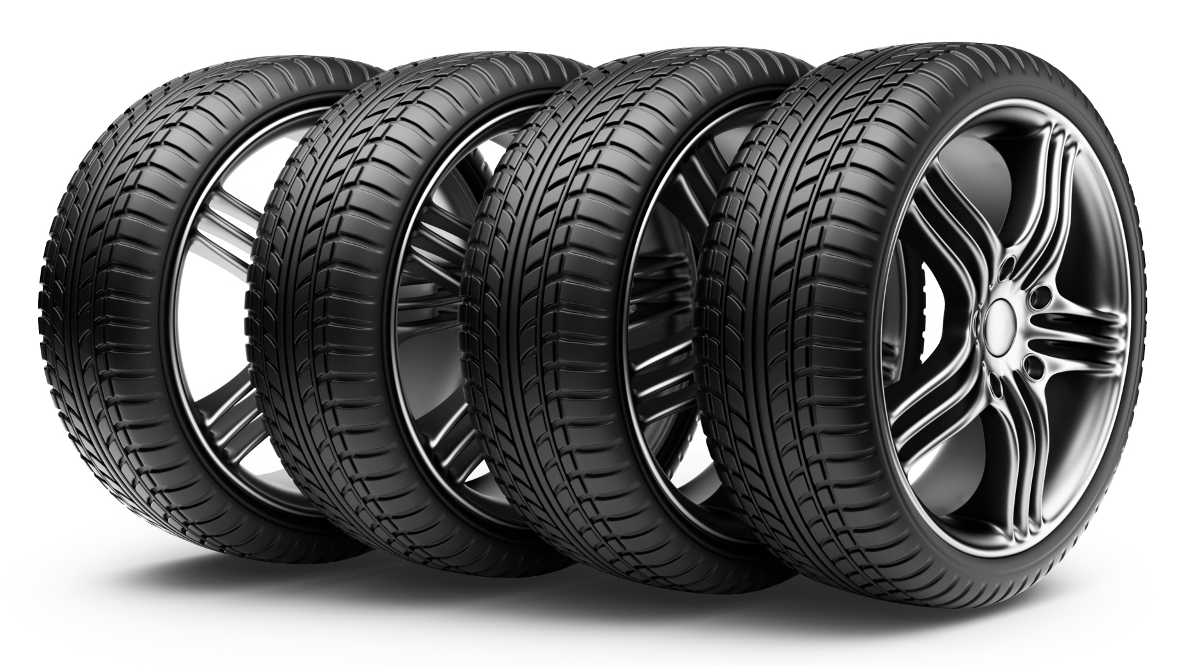Should you inflate your car tyre with nitrogen? What you need to know
In the previous blog, we had talked about the potential use of nitrogen gas in the tyres instead of the simpler air. The concept of using nitrogen gas in tyres is nothing new. In fact, about a decade ago, when the Nissan GTR was launched, it got the attention of the world by this intriguing idea of using nitrogen. In the last article, we had compared the nitrogen and simpler air for our tyres. But, what actually makes this nitrogen gas more important than simpler air? Even if the nitrogen gas is present 78% more than simpler air, but in order to gain the complete advantages of the nitrogen gas, it should be filled in tyres approximately 93-95% pure instead of 78%.
In this article, we’ll be discussing the advantages and disadvantages of using nitrogen in the tyres. Now, let’s start with the advantages.
Advantages
- About 21% oxygen is present in the simpler air. The oxygen molecules are smaller in size as compare to nitrogen. The molecules are so small that they keep moving out from the microscopic pores, which result in decreasing the pressure of the tyre; hence you need to fill the air in tyres on a regular basis.
- While, nitrogen gas molecules, on the other hand, are bigger than the oxygen. This fact makes the nitrogen to take longer time than oxygen to move out from the pores. Thus, the pressure will be maintained for a longer period of time and will decrease at a much slower rate.
- For every 1 psi drop in pressure in all four tyres, you lose approximately 0.3% of the fuel economy.
- Rolling resistance of tyres is increased when the pressure is decreased, it also decreases the gas mileage. But if the tyres are filled with nitrogen, the rate of decrease in pressure is lower as compared to the oxygen, thus the fuel economy will be increased if the tyres are filled with nitrogen.
- Tyres filled simpler air, also contain a small number of water vapors. These water vapors are harmful to the tyres. The internal casing of the tyre is oxidized because of water vapors, which result in the premature aging of the tyres.
- However, in worse cases, tyre’s steel reinforcing belts start to rust due to moisture. But, if we use tyres filled with pure nitrogen gas, water vapors do not get trapped hence, the aforementioned problem is eliminated.
- One thing should be noted that the tyres filled with simpler conventional air have water vapors in them, but their number varies from tyre to tyre. During extreme weather conditions, the temperature inside the tyre increases unpredictably because of the water vapors in it. While in case of nitrogen, since there is no water vapor, the increase in pressure is predictable, that’s why nitrogen gas is specifically filled in racing cars to maintain the pressure. This helps the drivers and technicians how much grip the tyre need under certain given conditions.
Drawbacks
- Apart from the advantages above of nitrogen, there are still drawbacks of using nitrogen. One of the most significant disadvantages is the lack of appropriate filling stations for nitrogen gas.
- This is still not a common practice in developed countries like the UK and America. While in developing countries, like that of ours, scarcity of vendors that provide nitrogen leads to high prices costing you a hefty amount, for example, approximately $ 5-7 is required for each refilling if you are using nitrogen for the first time to fill your tyres. But they’ll be inflated and deflated couple of times to make sure that all the oxygen has been removed from the tyre, and only nitrogen is present it.
- As more research continues to be done on nitrogen, its pros and cons might vary, but we still can’t deny the fact of the nitrogen being the potential source of air to help the economy.
That’s all from our side, do let us know about your suggestions in the comment section below.


